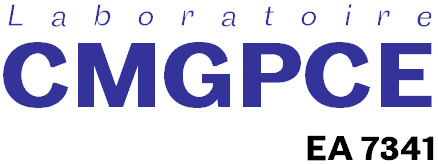Association of Finite-Dimension Thermodynamics and a Bond-Graph Approach for Modeling an Irreversible Heat Engine
Résumé
In recent decades, the approach known as Finite-Dimension Thermodynamics has provided a fruitful theoretical framework for the optimization of heat engines operating between a heat source (at temperature Ths) and a heat sink (at temperature Tcs). We will show in this paper that the approach detailed in a previous paper [1] can be used to analytically model irreversible heat engines (with an additional assumption on the linearity of the heat transfer laws). By defining two dimensionless parameters, the intensity of internal dissipation and heat leakage within a heat engine were quantified. We then established the analogy between an endoreversible heat engine and an irreversible heat engine by using the apparent temperatures (Tcs → Tλ,φ cs, Ths → Tλ,φ hs) and apparent conductances (Kh → Kλ h, Kc → Kλ c). We thus found the analytical expression of the maximum power of an irreversible heat engine. However, these apparent temperatures should not be used to calculate the conversion efficiency at the optimal operating point by analogy with the case of an endoreversible heat engine.
| Origine | Publication financée par une institution |
|---|---|
| licence |



